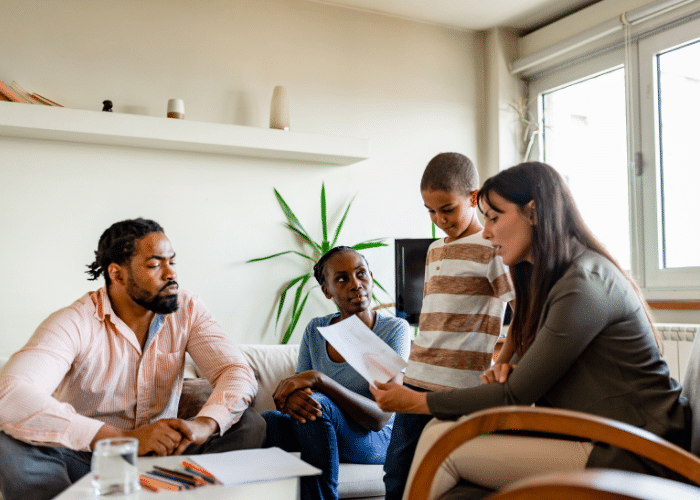I am a retired teacher who has stayed active in my statewide teachers union, the Massachusetts Teachers Associations, especially in the policy area. In that capacity, I have had many conversations with public school teachers about what – with a new infusion of Federal funds in the offing – the return to in-person learning and summer school programming should look like. (This blog post, however, expresses my personal viewpoint only.)
Not surprisingly, we educators have a lot of ideas about how to ensure students’ social and emotional well-being while providing engaging academic experiences to support their learning. None of these ideas include the massive drill-fest this summer to quickly “make up for” “lost” or missed learning during this year of pandemic schooling.

Instead, educators would put the physical, social, and emotional health at the center of any summer program. Here are some examples of what a student- and health-centered approach might look like:
- Focus on recovering lost learners, not on making up for “learning lost.” Utilize school and community resources to “find” students (and their families) who did not participate fully in remote/hybrid learning. Working with families and community resources, lay the groundwork for a successful return to in-person learning, including ensuring internet connectivity (given the possibility that shifts to remote learning may occur again in the future).
- Provide extracurricular activities, not curriculum catch-up. Open the schools for clubs, sports, and other activities that students missed when school was closed.
- Provide ample mental health resources to those in need, in recognition that many children will be returning with heavy burdens of stress, loss, and family insecurity.
- Fund summer camp programs – both school-based and community-based – so that opportunities for social interaction and play are available to all who wish to participate.
- Provide voluntary small group tutoring for children in high needs categories in outdoor classroom settings, in combination with recreation-based programming.
- Attend to teachers’ social-emotional and collaboration needs during the summer. Provide them with mental health resources. Give them a break from the stress of pandemic teaching. Give them paid time to collaborate with their peers to plan for curriculum articulation and trauma-informed practices in the coming year.
The above suggestions are based on educators’ understanding that If students’ mental health is poor, so too will be their learning. Social interaction, play, physical activity, and good mental health need to come first. During this pandemic year students have spent much more time than is healthy in sedentary isolation, working mostly on their digital devices. They and their families have faced trauma-inducing losses for the last 15 months: loss of life, homes, income, companionship, physical activity, and peer interaction. We need not and should not convey to students that they now have an additional problem of a “learning loss” deficit that needs to be filled immediately.
Since the measure of this supposed deficit is lower test scores than in previous years, the prescription is to add more lessons so that students “catch up” quickly and test scores return to normal. Again, this is NOT what most students need.
Unfortunately this deficit perspective undergirds many educational practices in the best of times. Much of what passes for required learning is only “required” so students can do well on standardized, multiple choice tests. Superficial test-centered learning is often the result, with critical thinking and complex problem solving skills considered of secondary importance. This perspective also undergirds the Ed Tech industry’s drive to establish computer-based, paced learning – depersonalized learning – as the new normal after the pandemic.
 From both an educational perspective and a health perspective, this concern is misplaced. Learning is always being lost, and new learning gained; and much of this learning happens outside the classroom. For younger students, this happens mainly through play. For older students, it happens best through social interactions with peers and trusted adults. As students return to in-person learning – or summer programs – we need to emphasize the valuable learning that happened – and always happens – outside school, by emphasizing culturally relevant and place-based lessons, rather than the test-based lessons that were “lost” or missed.
From both an educational perspective and a health perspective, this concern is misplaced. Learning is always being lost, and new learning gained; and much of this learning happens outside the classroom. For younger students, this happens mainly through play. For older students, it happens best through social interactions with peers and trusted adults. As students return to in-person learning – or summer programs – we need to emphasize the valuable learning that happened – and always happens – outside school, by emphasizing culturally relevant and place-based lessons, rather than the test-based lessons that were “lost” or missed.
Let’s let kids be kids this summer and give them the social and emotional support they need to be successful as we return to in-person learning in the fall. Support play. Support summer camps for everyone. Support clubs and athletics. Support outreach to families and ample mental health services. Time is on our side regarding the other concerns about “falling behind” on state standards. We can make those lessons up over the next few years. We cannot, however, afford to miss the opportunity to help learners reconnect with their own social and emotional well-being and their love of learning.

About the Author
Seth Evans is the Screens in Education Project Coordinator at CCFC and chair of the Screens in Schools Work Group at the Children’s Screen Time Action Network.

